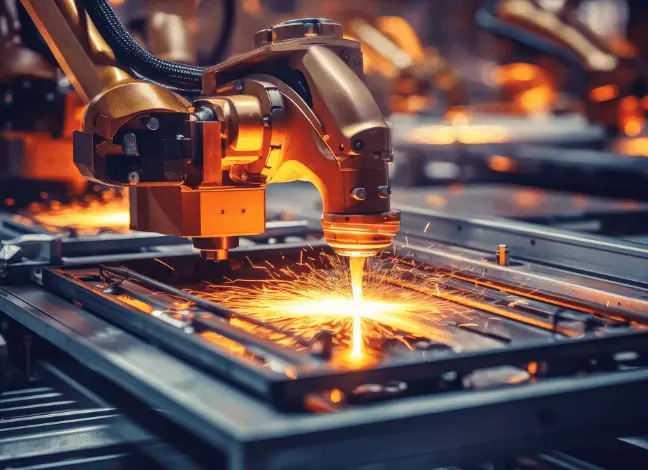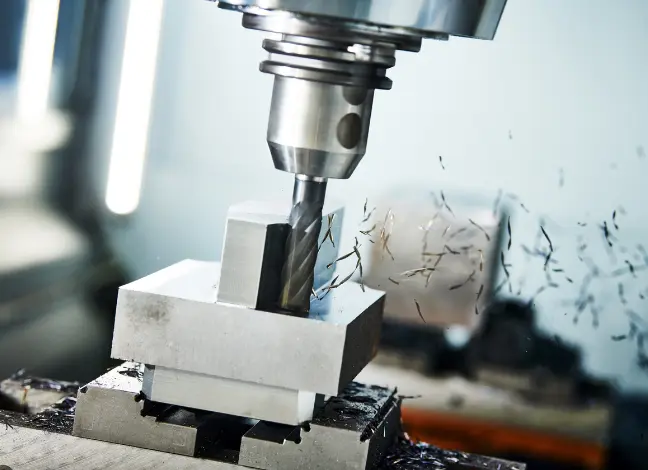Power tools operate with external and internal power sources and play a significant role in engineering product design. These tools, which range from drills to laser measuring devices, are crucial at every stage of the product design process, from the initial concept to the creation of the final product.
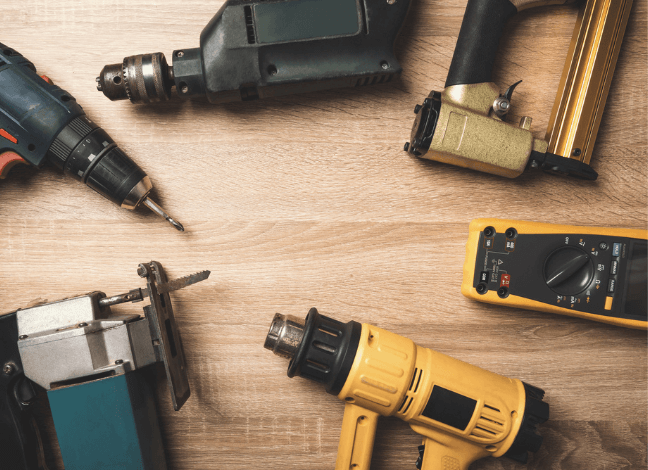
Power tools are notable for their ability to simplify intricate tasks in the complex process of designing products using engineering principles. They not only expedite the design and manufacturing processes but also enhance the overall quality and feasibility of the final product. This capability is vital in a field where precision, time efficiency, and innovation are paramount to success.
Roles of Power tools in engineering design
Power tools are instrumental in various aspects of the design process, each contributing to the overall success of a project. Here are some of the critical roles that power tools play in engineering product design:
Efficiency and productivity enhancement
Power tools are essential for enhancing efficiency and productivity in modern design processes. They’re particularly effective in managing time-sensitive phases keeping project timelines on track without sacrificing quality. These tools streamline tasks that typically require extensive manual effort, considerably reducing the time needed for each stage of product development. This is critical in industries where rapid response to market demands is crucial.
Power tools facilitate smoother transitions between different stages of development by minimising delays and maintaining a consistent workflow. This efficiency allows engineering teams to focus more on innovation and quality than labour-intensive processes. In essence, power tools enable quicker and more effective product design and development.
Precision and accuracy improvement
In engineering product design, the emphasis on precision and accuracy must be balanced, as even the slightest deviation can result in significant issues in the final product. This is where power tools, especially advanced measuring devices, become invaluable.
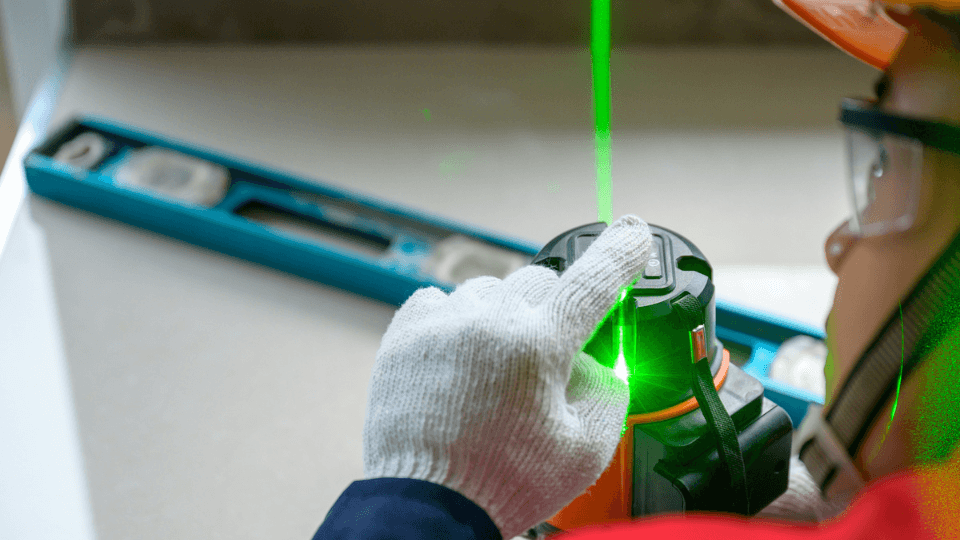
Laser measuring tools offer a high degree of accuracy, often down to fractions of a millimetre. This precision is essential in product design, where even minor miscalculations can lead to issues in the final product. Measuring tools can also cover long distances and hard-to-reach areas, particularly useful in designing large or complex products.
These tools ensure meticulous accuracy and reduce the time and effort required in conventional measuring methods.
Enable complex designs
The versatility of power tools in engineering product design extends to enabling complex designs. This allows engineers to work with various materials and execute intricate cuts, drills and finishes essential for modern product designs.
Whether crafting delicate components for electronics or shaping robust parts for machinery, power tools provide the precision and versatility needed. They’re not only about working faster but also about expanding the range of what can be created.
Reduce physical strain and improve safety
Power tools significantly reduce the physical effort required from engineers and designers, allowing them to concentrate more on their projects’ creative and technical aspects. This shift enhances comfort and reduces the risk of injuries associated with manual labour. The reduced physical strain is crucial for maintaining a focused and efficient design process.
Furthermore, modern power tools have advanced safety features like automatic shutoffs, safety guards, ergonomic designs, anti-vibration characteristics, and dust extraction systems. These features safeguard users from potential hazards and contribute to a more productive and innovative work environment.
Facilitate prototyping and iteration
Another noteworthy advantage of power tools is that they facilitate rapid prototyping and iteration. They enable designers and engineers to quickly bring their ideas to life, allowing immediate testing and evaluation. This rapid prototyping is essential for experimenting with different designs, assessing their functionality, and making quick adjustments based on real-world feedback.
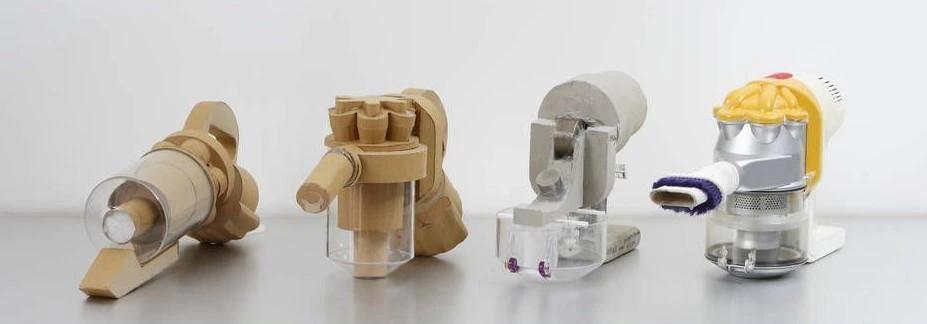
Additionally, the advanced capabilities of power tools greatly enhance the prototyping process. They allow for developing and refining several prototypes, each improved upon through continuous testing. This efficient method simplifies the iteration process, ensuring that each new prototype version is closer to meeting the final design goals and performance needs.
In the face of evolving consumer preferences, this adaptability is particularly valuable. It ensures that product design remains flexible and responsive, aligning with the dynamic demands of the industry.
Increase material versatility
Power tools are vital in increasing material versatility in engineering product design. They’re adept at working with various materials, ranging from softwoods and plastics to metals and advanced composites. This versatility allows designers and engineers to explore a broader range of design possibilities and choose the most suitable materials for each aspect of their project.
The ability to efficiently handle diverse materials is valuable in today’s engineering landscape, where products’ functionality and aesthetic appeal often depend on the innovative combination of different materials. Power tools facilitate this blending by providing the precision and strength needed to work with each material effectively.
Whether carving delicate designs in softwood, shaping robust metal parts, or moulding intricate composite structures, power tools ensure that designers are not limited by material constraints.
Enhance cost-effectiveness and scalability
Utilising power tools contributes to cost efficiency and scalability. These tools outperform manual methods by producing higher quality results with less time and reduced material waste, which can minimise production costs and maximise value. Their precision and consistency streamline the production process and ensure superior product quality.
The replicability offered by power tools is another critical factor in their cost-effectiveness. With these tools, designs can be accurately and consistently replicated, an essential aspect of mass production. This ability to reproduce designs with high fidelity ensures that each product meets quality standards, which is vital in maintaining brand reputation and customer satisfaction.
Power tools have become indispensable in engineering product design and are crucial in bringing complex and innovative ideas to life. Given this, they serve as key drivers of modern efficiency and creativity in design.
Looking ahead, the significance of power tools in shaping the future of product design is undeniable. They’re more than just instruments; they’re fundamental to fostering innovation, precision, and quality. As designers continue to meet the challenges of the evolving market, the reliance on power tools ensures that the field of product design keeps pace and leads the way in technological advancement.
Disclaimer – The above article is a sponsored article
